CIRCUIT DESCRIPTION:
Pressure Control Solenoid (MAIN MOD) is a Normally Closed (N/C) solenoid used to modulate the transmission main pressure schedule. The TCM commands the solenoid ON when specific transmission and engine conditions are met. When MAIN MOD is commanded on, pressure is routed to the main regulator valve lowering the main pressure schedule.
The TCM sends control current to MAIN MOD from High Side Driver 1 (HSD1) via wire 111. HSD1 is continuously on unless the TCM detects a fault condition. The TCM regulates the amount of current to MAIN MOD by switching MAIN MOD’s low side driver on and off. Wire 174 completes the circuit between MAIN MOD and its low side driver. DTC P0960 indicates that the TCM processor has detected an open condition in MAIN MOD’s electrical circuit. The open condition may exist in the high side (wire 111) or low side (wire 174).
ACTION TAKEN WHEN THE DTC SETS:
When DTC P0960 is active, the following conditions occur:
1. The CHECK TRANS light illuminates (non-OBD II strategy).
2. The TCM forces Variable Modulated Main off.
3. The DTC is stored in the TCM history.
CONDITIONS FOR CLEARING THE DTC:
Use the diagnostic tool to clear the DTC from the TCM history. The TCM automatically clears the DTC from the TCM history if the vehicle completes 40 warm-up cycles without the DTC recurring.
DIAGNOSTIC AIDS:
The following procedures are not documented in any OEM procedures or in any OEM Troubleshooting or Service information and should not be used as a method to diagnose any transmission DTCs, function, or shift quality concern:
1. Back-probing any connections used for transmission features or functions may damage and/or unlock terminals from the back-probed connector creating permanent or intermittent shorts and/or open circuits. If possible, use the J-39700 Breakout Box, the appropriate harness adapters, and appropriate magnetic overlays to troubleshoot the vehicle.
2. Load-testing any transmission-related circuits with any other electrical devices such as vehicle lamps or relays, especially with the TCM connected to the harness. Use J-39700 Breakout Box and appropriate harnesses with the diagnostic tool to monitor the circuit performance in question unless otherwise specified in the various Troubleshooting information.
3. Piercing a wire to check for voltages, shorts-to-grounds or other wires anywhere in the circuit but especially at the TCM. This creates a leak path for moisture and damages the wire and insulation.
4. DTC P0960 indicates an open in the electrical circuit for the MAIN MOD. In addition to MAIN MOD, HSD1 also supplies power to PCS1 and TCC. If DTC P0960 is accompanied by DTC P2727 (PCS1 open circuit) and/or DTC P2761 (TCC open circuit), the open is most likely in the high side of the circuit.
5. You may have to drive the vehicle in order to experience a fault. Use the data obtained from failure records to determine transmission range and/or certain vehicle operating variables such as temperature, run time etc. This data can be useful in reproducing the failure mode when the DTC was set.
Inspect the wiring for poor electrical connections at the TCM and the transmission main connector. Look for the following conditions:
1. A bent terminal.
2. A backed-out terminal.
3. A damaged terminal.
4. Poor terminal tension
5. A chafed wire.
6. A broken wire inside the insulation.
Inspect OEM wiring harness routing. Look for possible contact points where chafing could occur leading to an open circuit condition. Moving parts on the vehicle could be contacting the harness; this includes parking brake drum, suspension components, etc.
When diagnosing for an intermittent short or open, massage the wiring harness while watching the test equipment for a change.
If the DTC appears to be temperature related, suspect a defective Main Mod Pressure Control Solenoid. It is possible for a solenoid to be temperature sensitive causing resistance values to fluctuate. This may cause an intermittent DTC to be set.


 AGCO
AGCO ALLISON
ALLISON BENDIX
BENDIX BOBCAT
BOBCAT CAT
CAT CLAAS
CLAAS CNH
CNH DAF
DAF DETROIT
DETROIT EATON
EATON FREIGHTLINER
FREIGHTLINER HINO
HINO HITACHI
HITACHI ISUZU
ISUZU JCB
JCB JOHN DEERE
JOHN DEERE JPRO
JPRO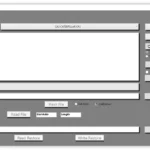 MAGIC TUNER
MAGIC TUNER MAN
MAN Navistar
Navistar PACCAR
PACCAR PERKINS
PERKINS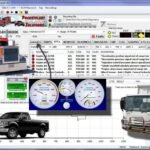 PF DIAGNOSE
PF DIAGNOSE PSI POWERLINK
PSI POWERLINK RENAULT
RENAULT SCANIA
SCANIA THERMO KING
THERMO KING UD NISSAN
UD NISSAN VOLVO
VOLVO WABCO
WABCO ZF TESTMAN
ZF TESTMAN
 BELL
BELL BENDIX
BENDIX BOBCAT
BOBCAT CARRIE
CARRIE DAF
DAF DETROIT
DETROIT EATON
EATON FUSO
FUSO MACK
MACK
 Cumminz
Cumminz ISB4.5 CM2150
ISB4.5 CM2150 All Engines (2017 Emissions)
All Engines (2017 Emissions) PACCAR
PACCAR

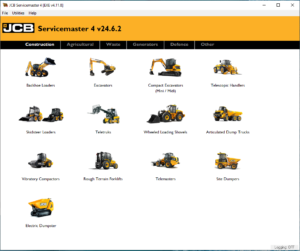

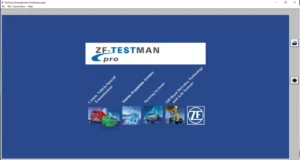
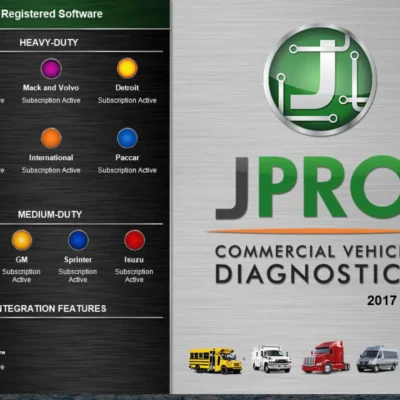
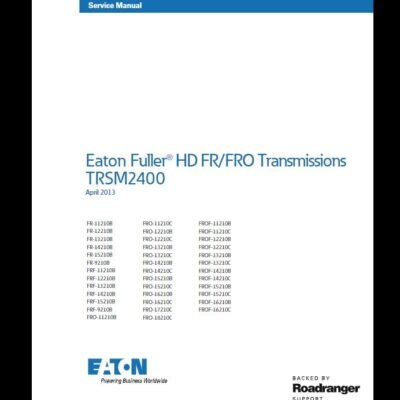

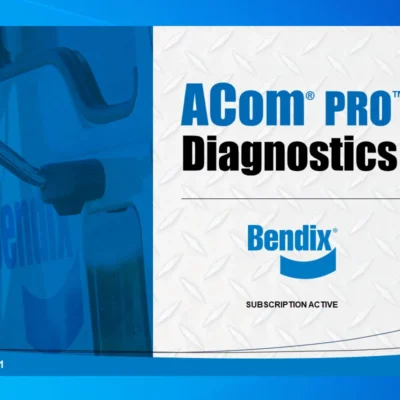

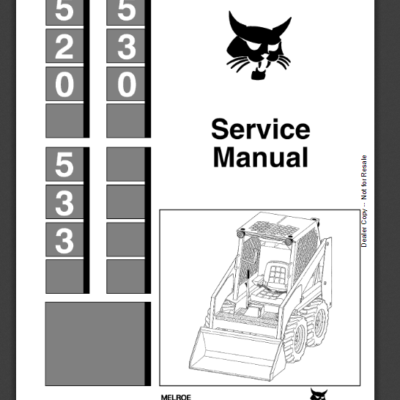
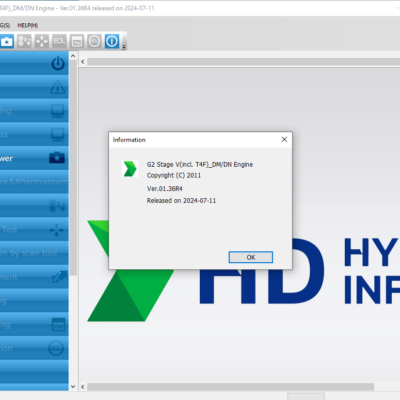
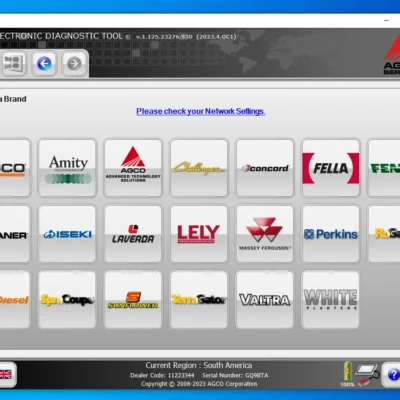


![The DOOSAN Diagnostic Tool DX22 Electronic Marine DCU Analyzer 01.00 R4 [2024.04] is a specialized software for diagnosing marine engines. It simplifies the process of identifying issues in electronic control units, enhancing maintenance efficiency. With features like real-time data analysis and easy software updates, the DX22 adapts to various marine applications. This tool is essential for ensuring the optimal performance of marine machinery and can also be used for heavy truck diagnostics.](https://ecmtrucks.com/wp-content/uploads/2024/08/Capture-1-400x400.png)
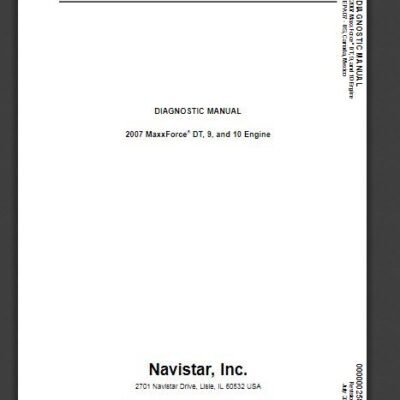
Reviews
Clear filtersThere are no reviews yet.